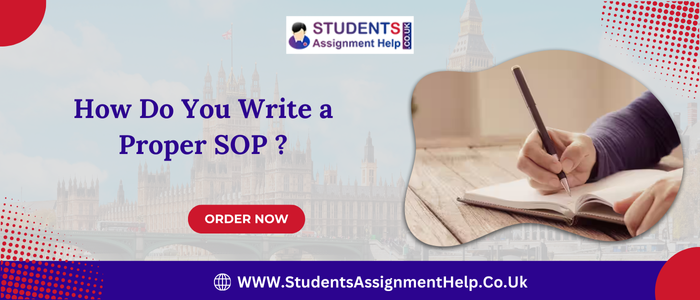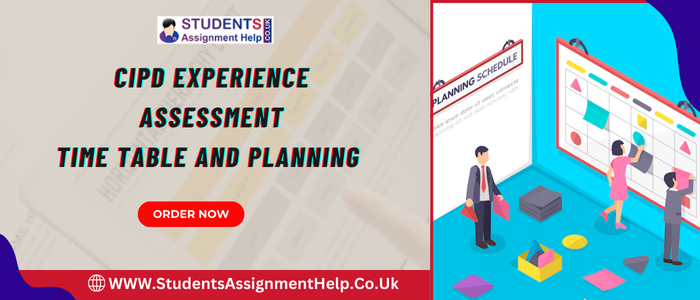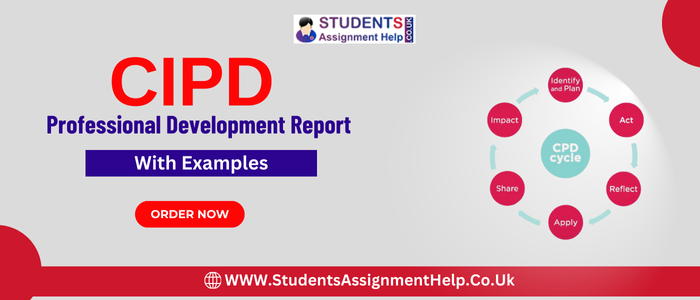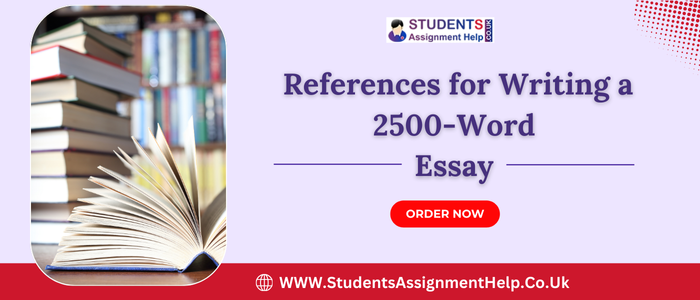How Many References for a 3000-Word Essay?
Writing a 3,000-word essay can be a challenging task, and one of the most common questions students ask is: “How many references are needed?” Of course, there are no specific number of references, it can be around 20-40 but it is very important to know how such source can be useful in making an academic paper. This blog aims at discussing what is the right number of references, in addition to other considerations to make while citing and other recommendations with particulars to UK essays.

The Importance of Referencing in Academic Writing
References are not just academic formalities; they serve critical purposes in essay writing, such as:
- Enhancing Credibility: Material cited properly gives a signal to the reader that the work done is as a result of research and use of materials of high repute.
- Providing Evidence: Citations act as backup for opinions provided or as a way of extending the discussion of the matter under dissection.
- Avoiding Plagiarism: Correct citation also helps in making sure that you are crediting all the sources you used in your work hence up keep of integrity in the work.
- Demonstrating Research Skills: A referenced essay is good as it has good research and shows how you are going to relate the research to the essay.
UK universities place a strong emphasis on referencing to ensure academic rigor and uphold intellectual honesty.
cta_essay_sample_1
General Guidelines for Referencing a 3,000-Word Essay
1. Average Number of References
The number of references used by the students in their 3,000-word essay ranges from 20 to 40. Nevertheless, such range is not fixed and rigid. The duration of writing depended much on some aspects as the disciplinary area, the kind of essay and the level of the analysis needed.
2. Reference-to-Word Ratio
One good rule of thumb is one source per every 100-150 words in the paper. For a 3,000-word essay:
- It is suggested that we should use at least 20 references as the minimum.
- Strive to use between 20 – 40 sources for your paper depending on the type of subject and the type of paper you are writing.
3. Factors Influencing Reference Counts
Several factors determine the number of references you should include:
- Discipline: In some areas of study such as literature or history more references may be necessary than in mathematics or engineering for instance.
- Essay Type: Comparative and persuading essays require more sources to cite than reflective or descriptive ones do.
- Assignment Guidelines: University guidelines change from one university to the other, therefore, always confirm the particular guidelines your university accepts.
cta_essay_sample_2
Balancing Quality and Quantity in Referencing
1. Focus on Relevant Sources
Using relevant and high-quality sources is more important than including a large number of references. Here’s how you can ensure quality:
- Prioritise Peer-Reviewed Journals: These provide reliable and credible information.
- Use Seminal Works: Include foundational texts or studies pivotal to your topic.
- Incorporate Recent Research: Ensure your sources are up-to-date, especially in dynamic fields.
2. Avoid Over-Citing
While references strengthen your essay, overloading it with citations can make your work appear cluttered. Strike a balance by:
- Using sources judiciously to support your arguments.
- Avoiding the temptation to cite a source for every sentence.
3. Engage Critically with Sources
UK universities value critical engagement over mere summarisation of sources. To achieve this:
- Compare and contrast different perspectives.
- Highlight strengths and limitations of studies.
- Identify research gaps and suggest solutions.
Structuring References in a 3,000-word Essay
1. Introduction
The introduction is typically 10% of your essay, or around 300 words. Use 2-4 references to:
- Introduce key concepts and definitions.
- Provide background information on your topic.
- Support your thesis statement with foundational studies.
cta_services_1
2. Main Body
The main body forms the bulk of your essay and requires the most references. Aim for 2-3 references per paragraph, depending on:
- The complexity of your argument.
- The number of points you’re addressing.
For example, in a paragraph discussing climate policy, you might:
- Cite a government report for statistical data.
- Use an academic article to explain theoretical implications.
- Reference a critique to highlight potential flaws in current policies.
3. Conclusion
The conclusion typically accounts for 10% of your essay, or around 300 words. Use 1-2 references to:
- Reinforce your main arguments.
- Connect your findings to broader implications.
Avoid introducing new sources in the conclusion, as this can confuse readers.
Types of Sources to Include While Writing References
1. Primary Sources
Primary sources are original materials like research studies, historical documents, or first-hand accounts. They are essential for:
- Providing direct evidence.
- Strengthening your argument with authoritative data.
2. Secondary Sources
Secondary sources include analyses, critiques, and interpretations of primary materials. These are useful for:
- Contextualising your argument.
- Offering insights from established scholars.
cta_essay_sample_3
3. Tertiary Sources
Tertiary sources, such as textbooks and encyclopaedias, provide background information. While useful for initial research, they should be used sparingly in your essay.
Referencing Styles Used in UK Universities
Different institutions in the UK use various referencing styles, including:
- Harvard: Commonly used in social sciences and humanities.
- APA: Preferred in psychology and education.
- MLA: Often used in literature and arts.
- Chicago: Popular for history and business.
Each style has specific rules for:
- In-text Citations: Example (Harvard): (Smith, 2021).
- Reference Lists: Example (Harvard): Smith, J. (2021). Title of the Book. London: Academic Press.
Avoiding Common Referencing Mistakes
1. Under-Citation
Failing to include enough references weakens your essay and may lead to accusations of plagiarism. Always cite when:
- Quoting directly from a source.
- Paraphrasing someone else’s ideas.
- Using data or statistics from a study.
cta_services_2
2. Over-Citation
Citing too many sources in a single paragraph can make your work appear unoriginal. Limit citations to 2-3 per paragraph and ensure they add value to your argument.
3. Inconsistent Formatting
It is important not to make errors like referencing, for instance, using different citation styles can lower your grades. You can also use the number system in Zotero, EndNote, RefWorks and create a suitable citation style.
4. Relying on Unreliable Sources
Avoid using questionable websites or outdated materials. Avoid using websites that contain merely anecdotal accounts, or pop science articles, and blogs.
Tips for Effective Referencing
- Plan Early: It is always wise to pull together the references during the research process to avoid struggling when the time is tight.
- Organise Your Sources: Keep your citations in one location by using reference management software.
- Review Assignment Guidelines: Obey certain guidelines that your tutor will give you.
- Proofread Your References: Examine your list of sources, compare it in regards to format and style, with other entries.
Conclusion
In general, for a 3,000-word essay, the number of sources depends on the topic, academic discipline, and specific instructions given by a tutor or an instructor, but it should not be less than 20 and not exceed 40. It is always better to have a few good things than many bad ones. So, if you pay enough attention to relevance, critical thinking, and proper paper formatting, you will be able to escalate your academic writing to a higher level that meets the UK academic standard.
cta_services_3
FAQs About Referencing a 3,000-Word Essay
Q1: How many references are too many?
There’s no fixed limit, but overloading your essay with citations can dilute your argument. Aim for 20-40 high-quality references.
Q2: Can I reuse the same source multiple times?
Yes, especially if the source is central to your argument. However, balance it with other references to show a range of perspectives.
Q3: Are non-academic sources acceptable?
Yes, but only if they are credible, such as reports from recognised organisations or reputable news outlets.
Q4: How do I know if a source is credible?
Evaluate sources based on:
- Author’s credentials.
- Publication quality.
- Peer-review status.
- Relevance to your topic.
Q5: What if I’m unsure about referencing rules?
Consult your university’s referencing guide or seek help from academic support services.















